Tony DiTerlizzi has been creating children’s books since publishing Jimmy Zangwow's Out-of-this-World Moon Pie Adventure in 2000. His work has been at the top of the New York Times bestseller list, and in 2003 he earned the Caldecott Honor Award for illustrating Mary Howitt’s 1828 poem The Spider and the Fly in luscious shades of black and white reminiscent of a classic horror movie. The first book in DiTerlizzi’s collaborative series with Holly Black, The Spiderwick Chronicles, was published in 2003, and later adapted into a feature film.
The retrospective exhibit Never Abandon Imagination: The Fantastical Art of Tony DiTerlizzi broke attendance records at the Norman Rockwell Museum in Stockbridge, Massachusets, after its November 2017 premiere. The exhibit then traveled to the Mint Museum Randolph, Charlotte, North Carolina, in 2019. Following a talk called Imagine That! at the Mint, Art & Object had the opportunity to speak with DiTerlizzi.
“…[Imagination is why I] became the person I’ve become,” shares the artist. He quotes author and illustrator of Where the Wild Things Are, Maurice Sendak: “No story is worth the writing, no picture worth the making, if it’s not the work of the imagination.”
DiTerlizzi first learned to draw and paint by copying characters from pop culture including Star Wars and Jim Henson’s film The Dark Crystal. When he was twelve years old, he created Gondwanaland, a handmade precursor to Arthur Spiderwick’s Field Guide to the Fantastical World Around You. After being inspired by Dungeons and Dragons as a child, DiTerlizzi went on to work as an illustrator for the role-playing game, as well as for the card game Magic: the Gathering.




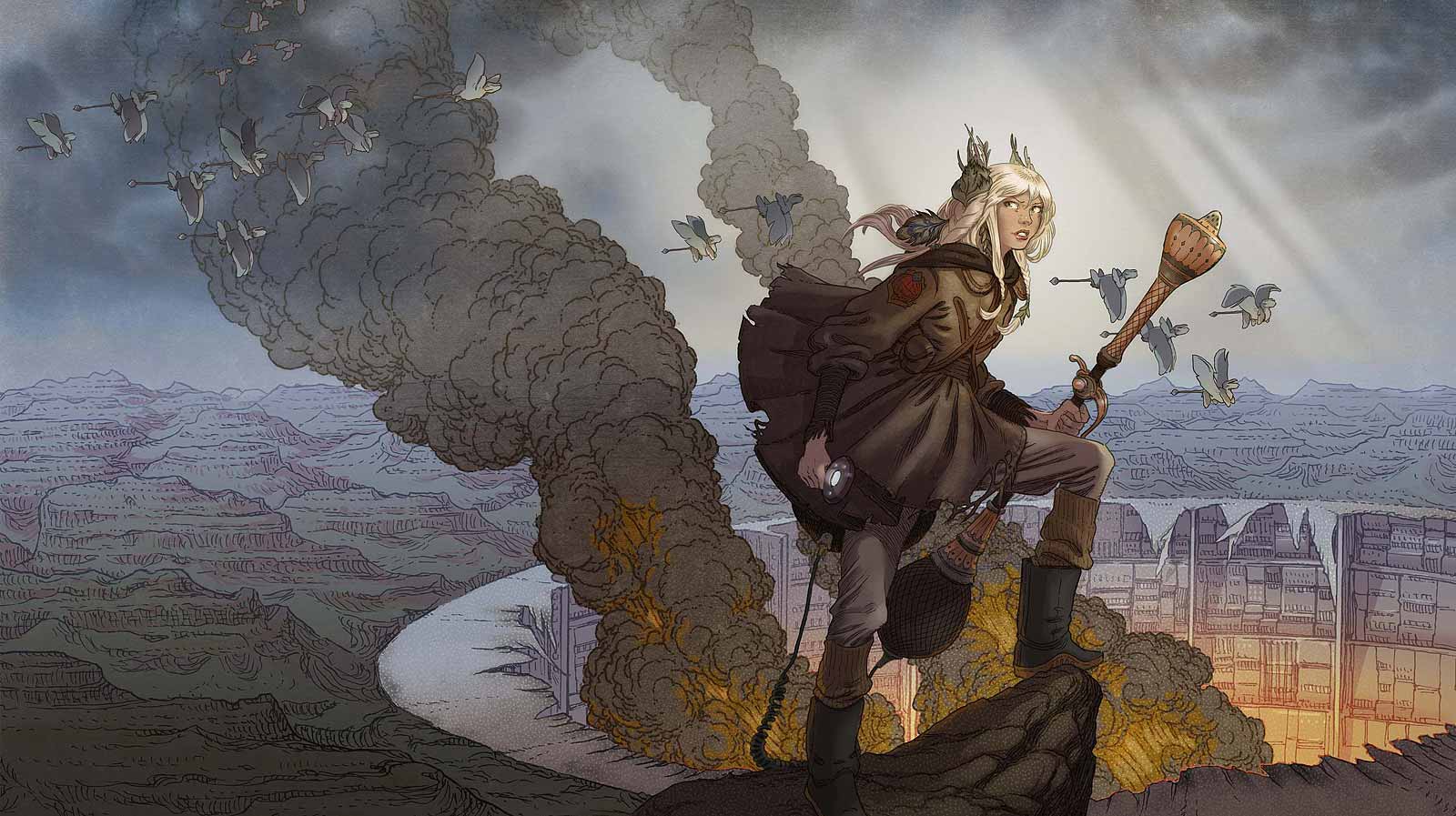

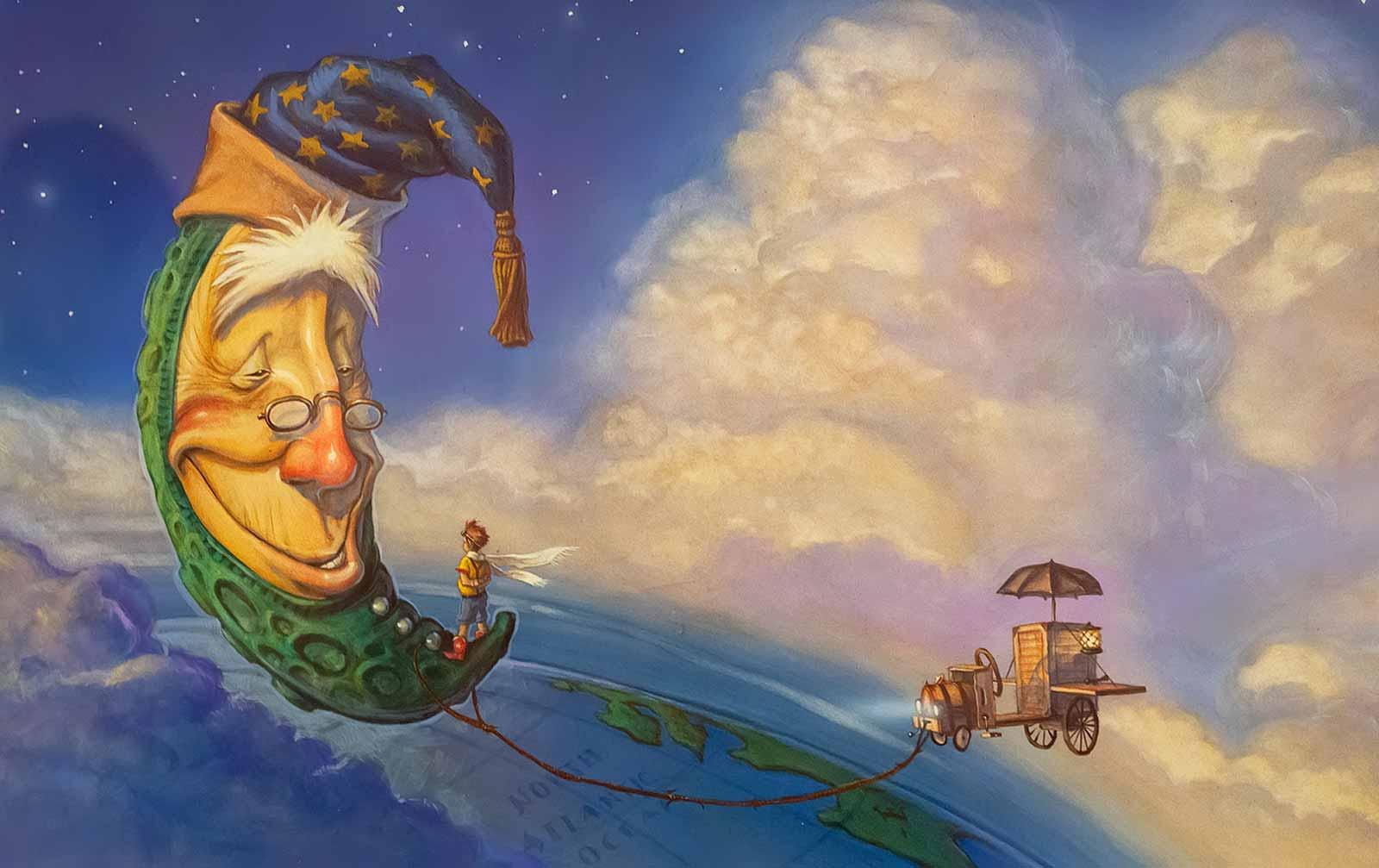
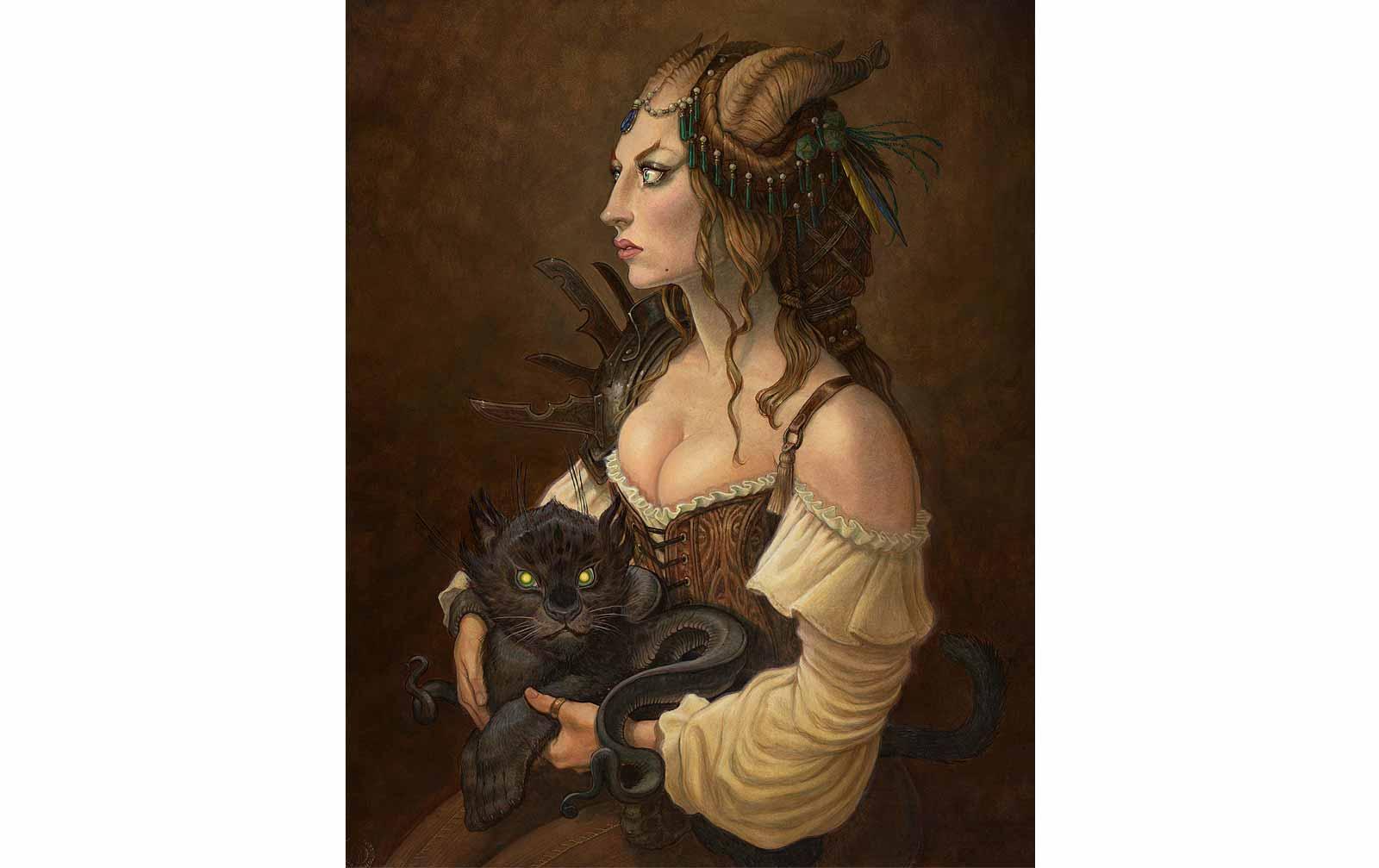
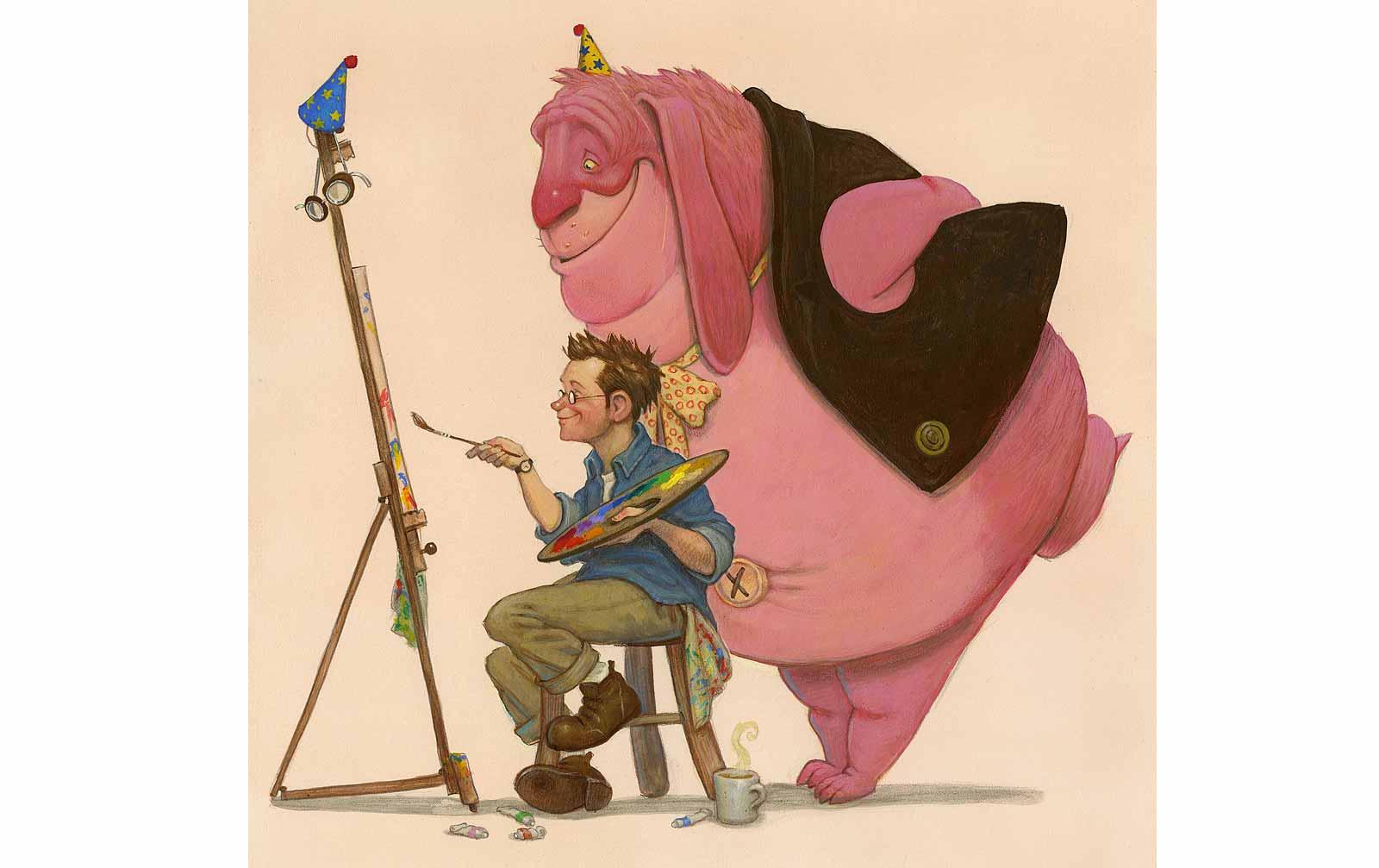
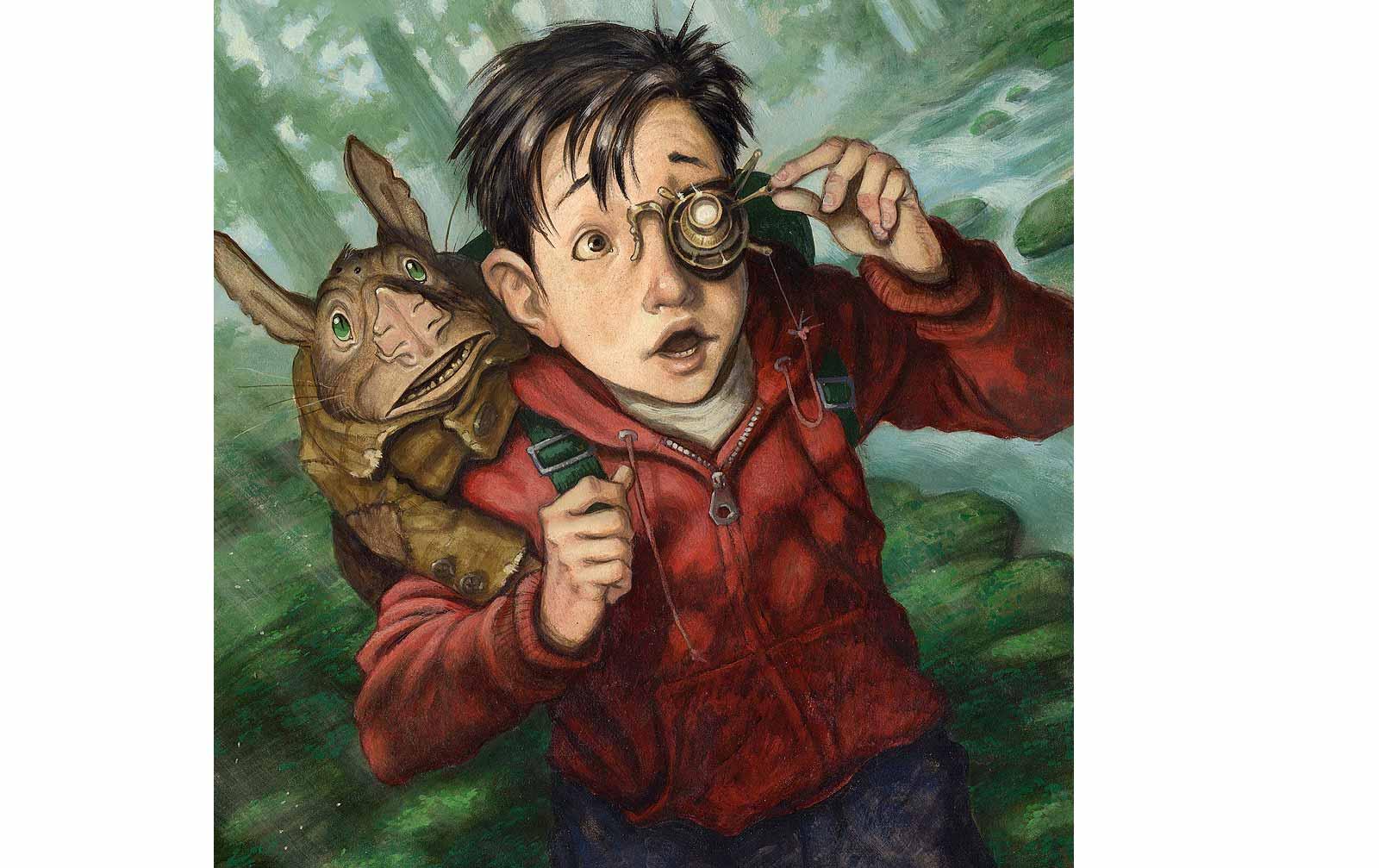
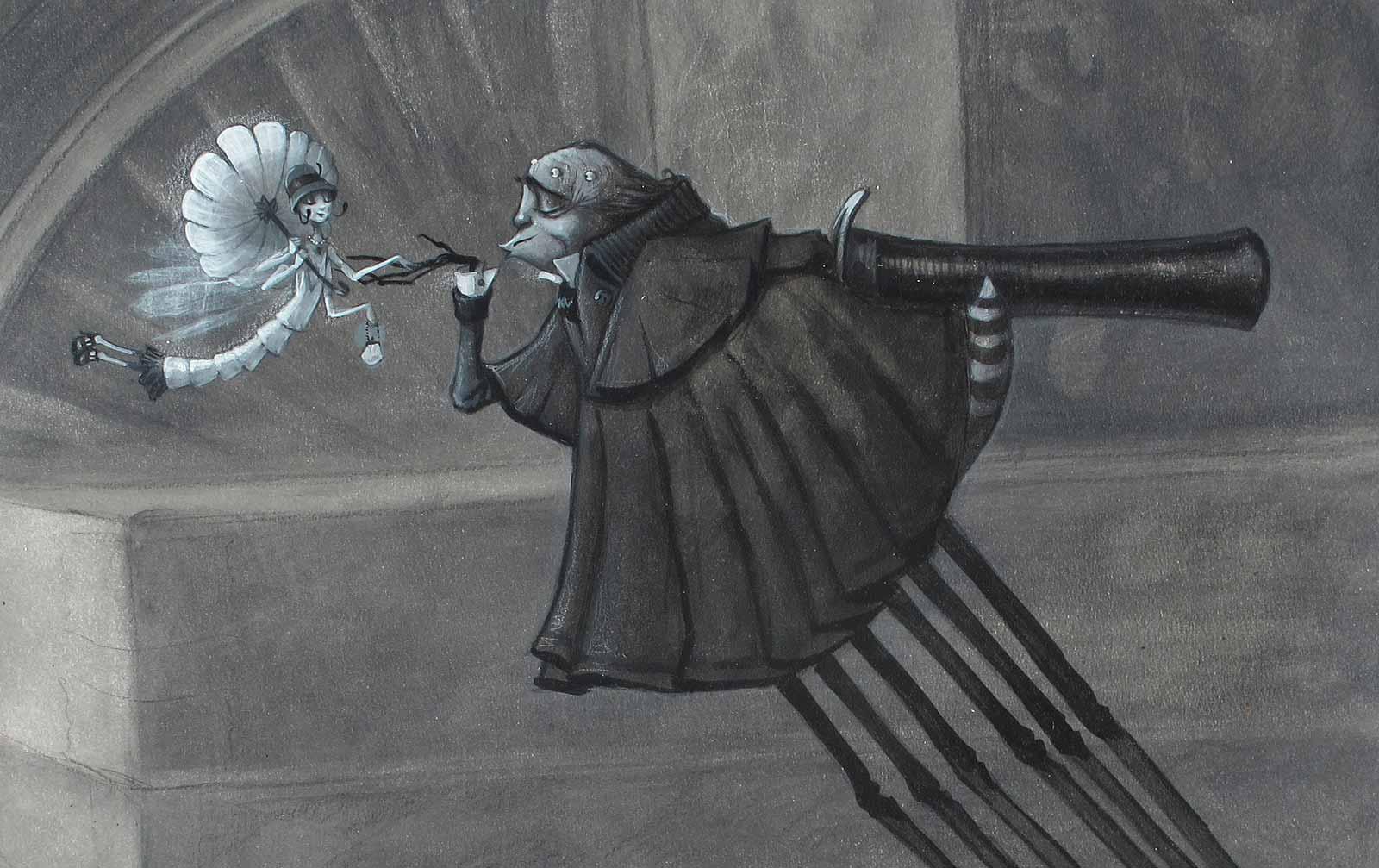
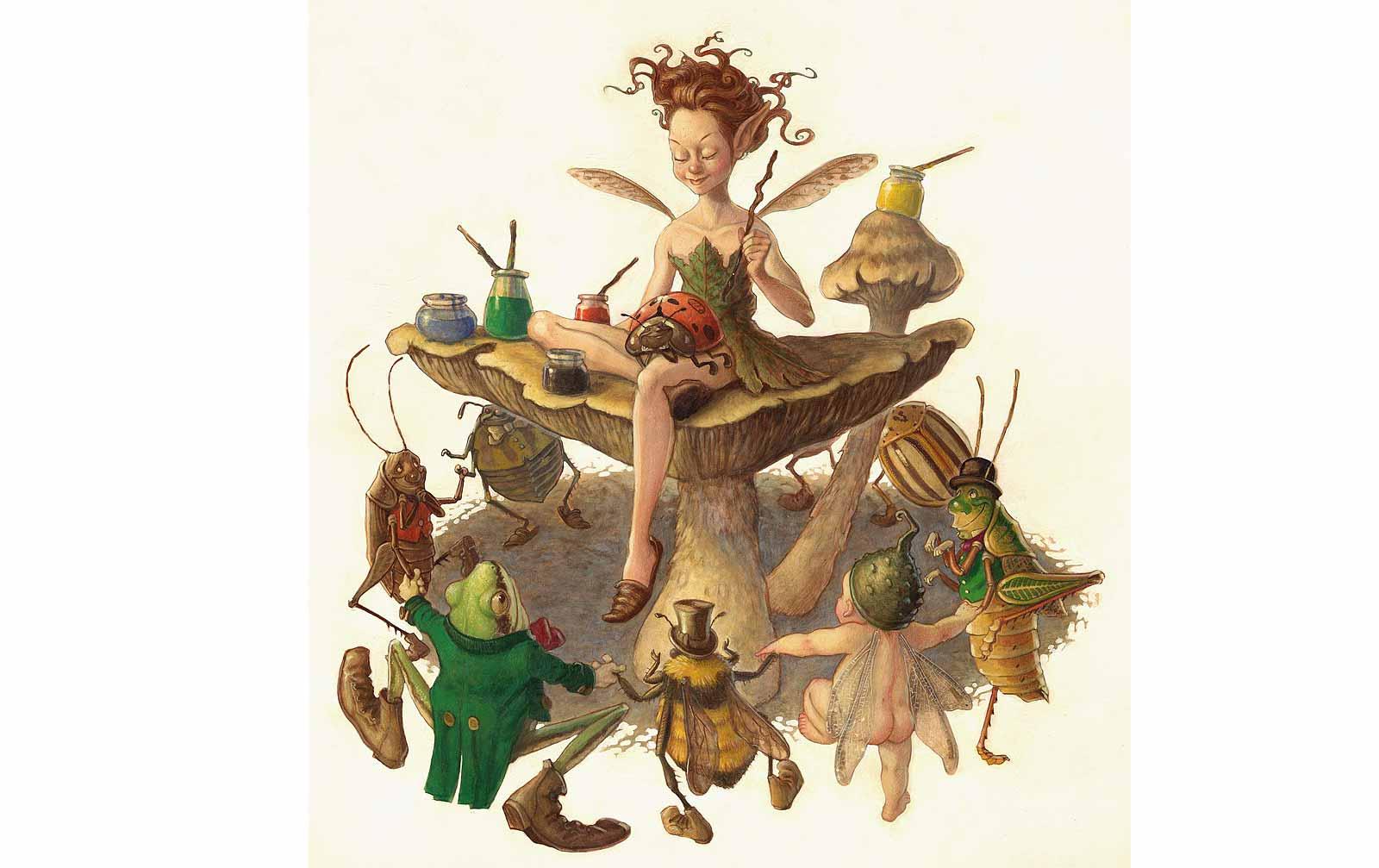
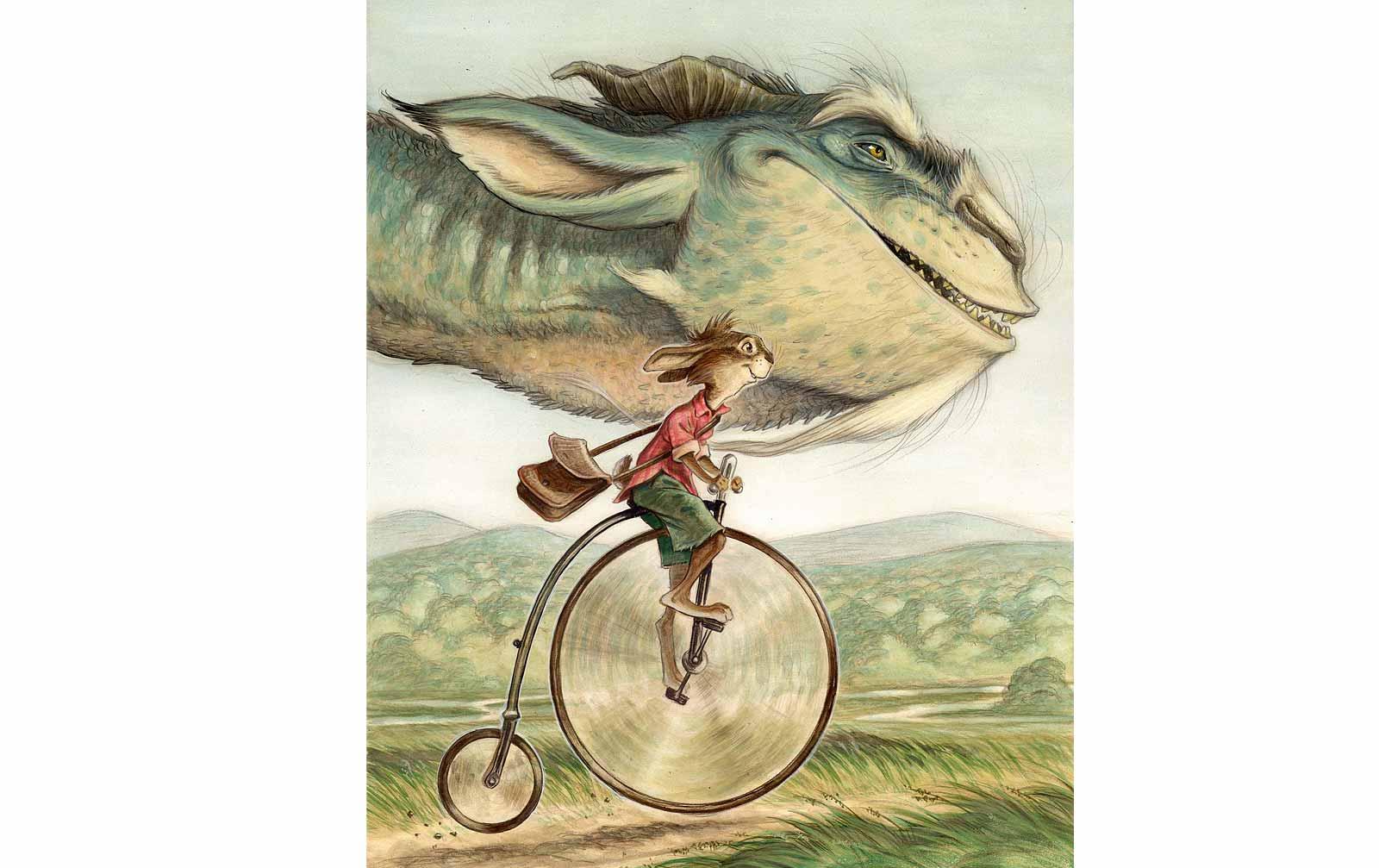
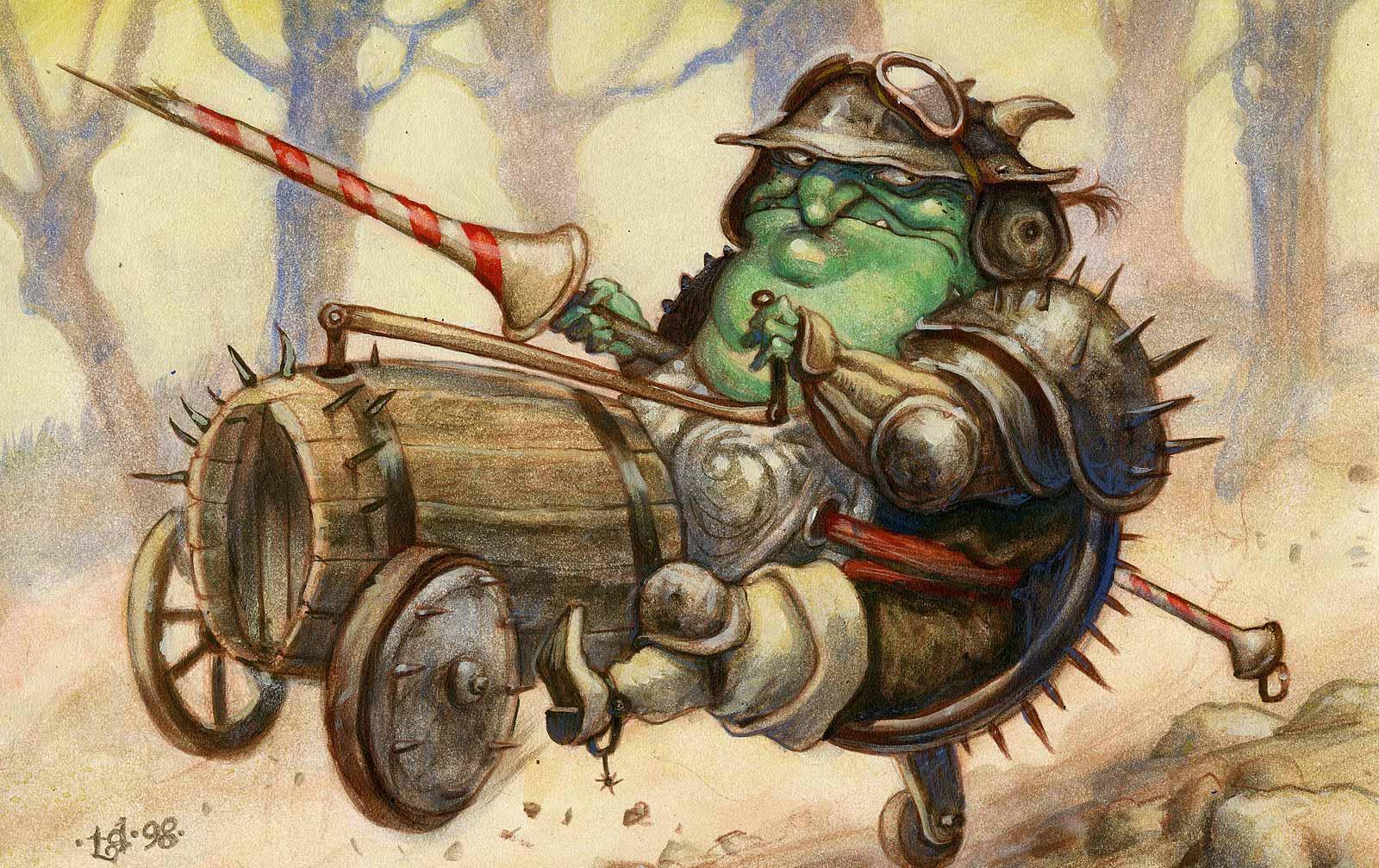
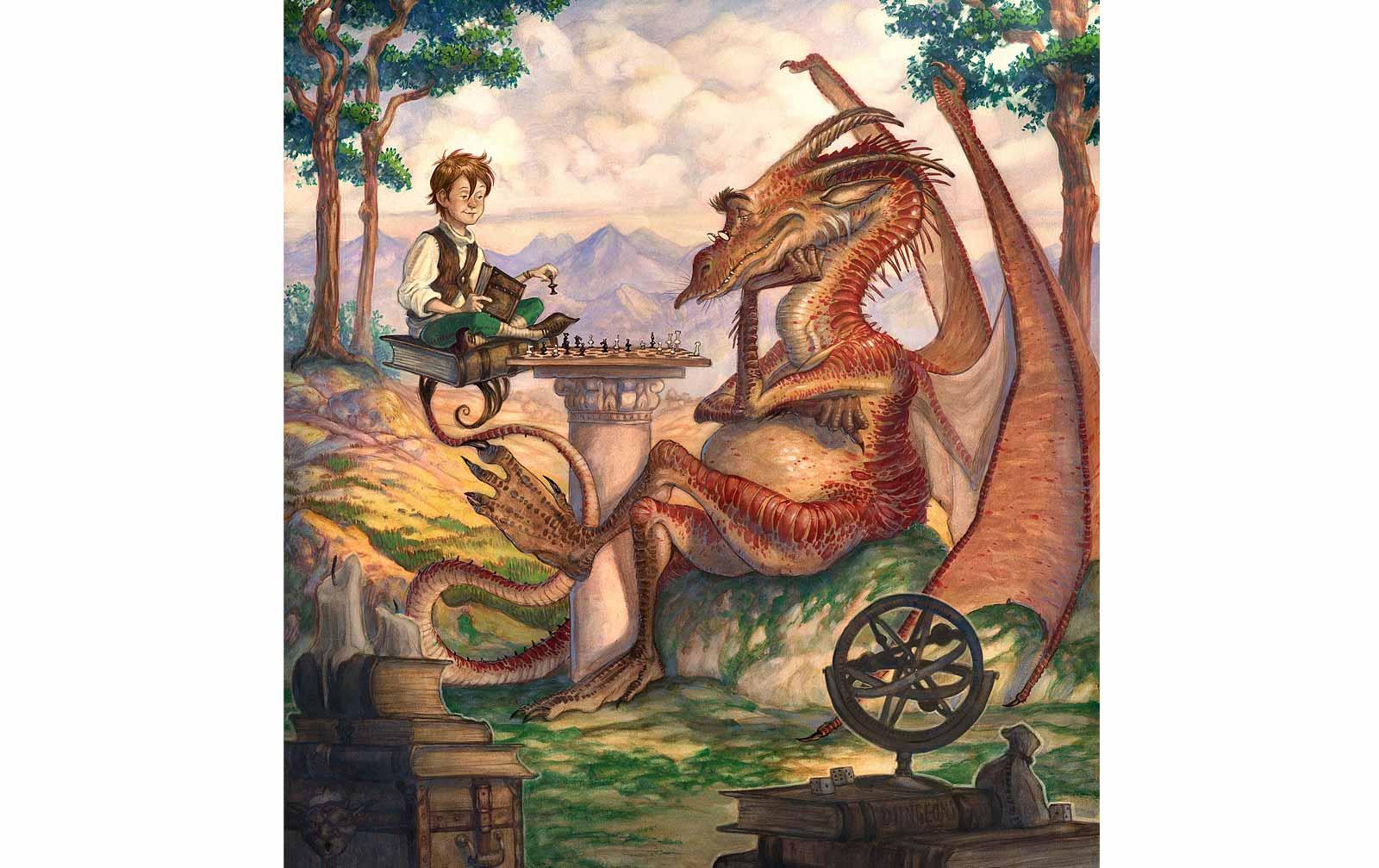
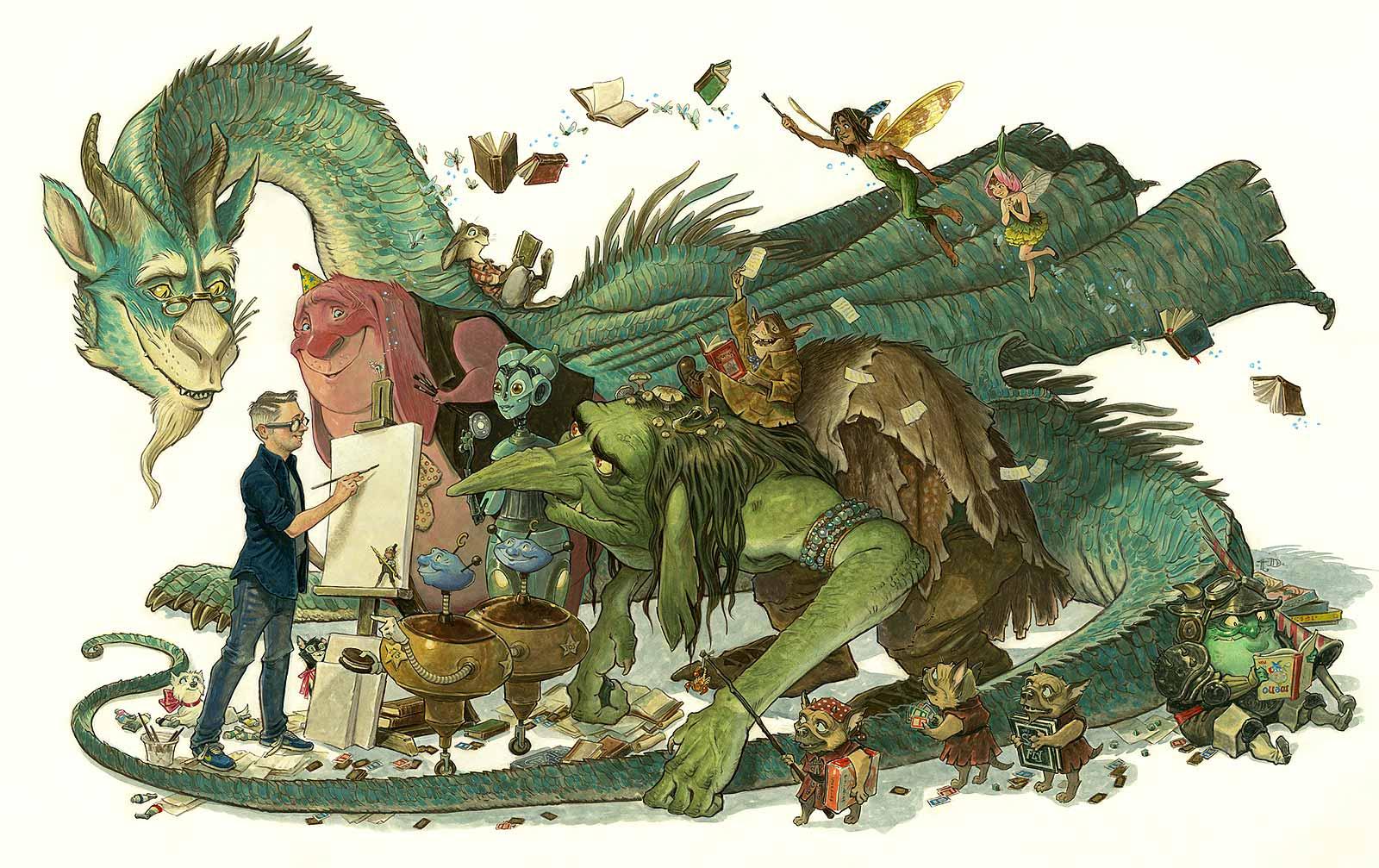
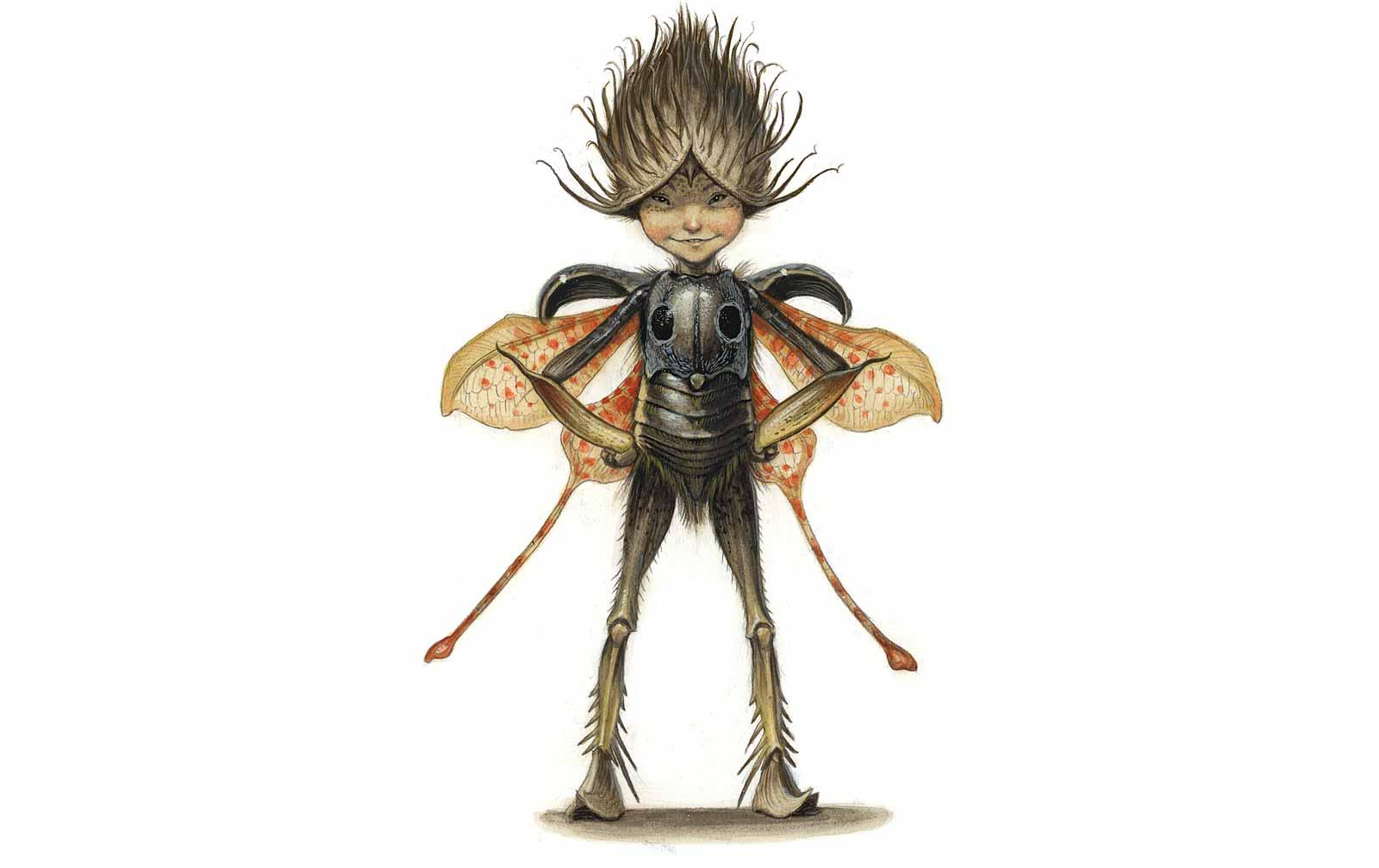

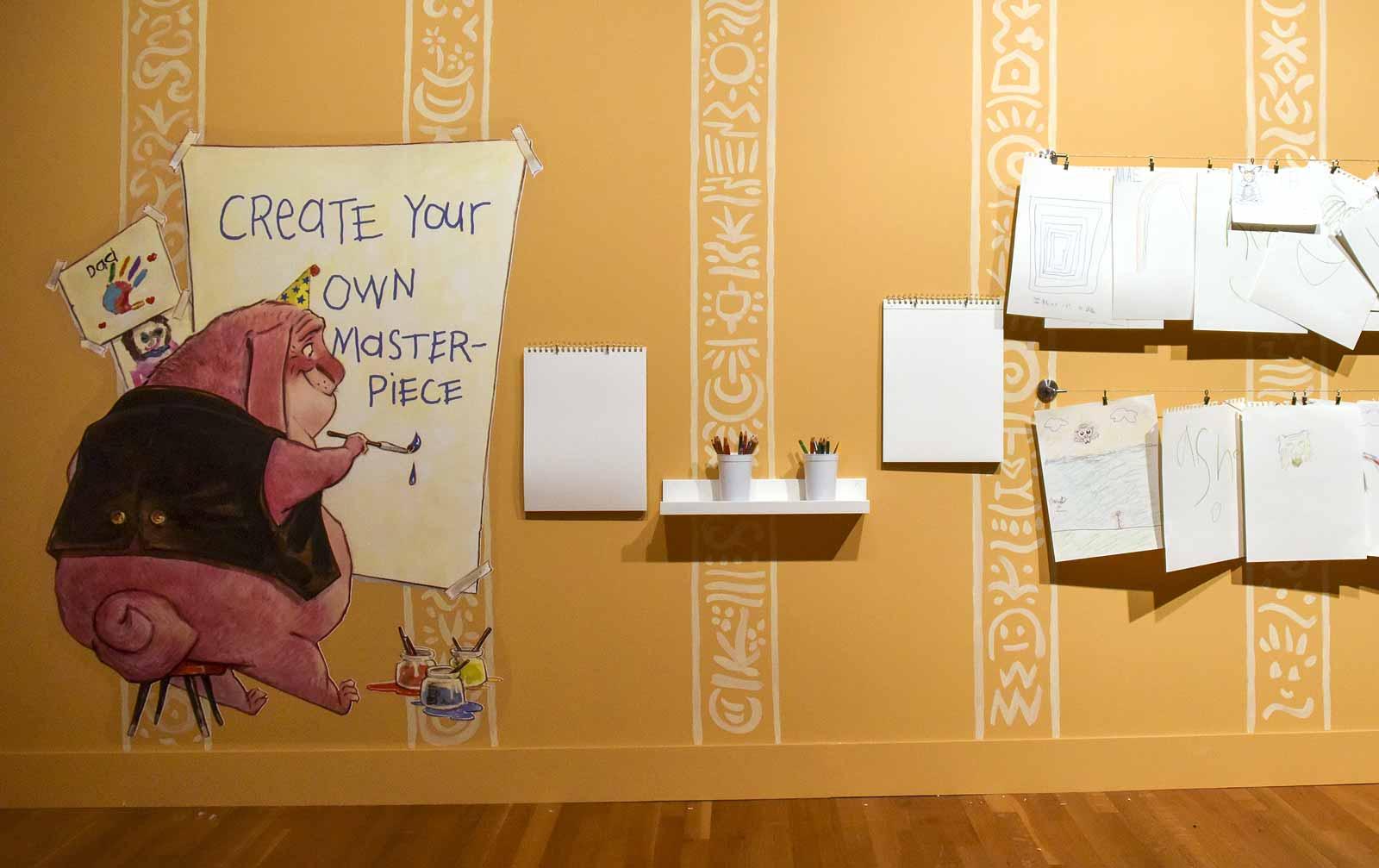
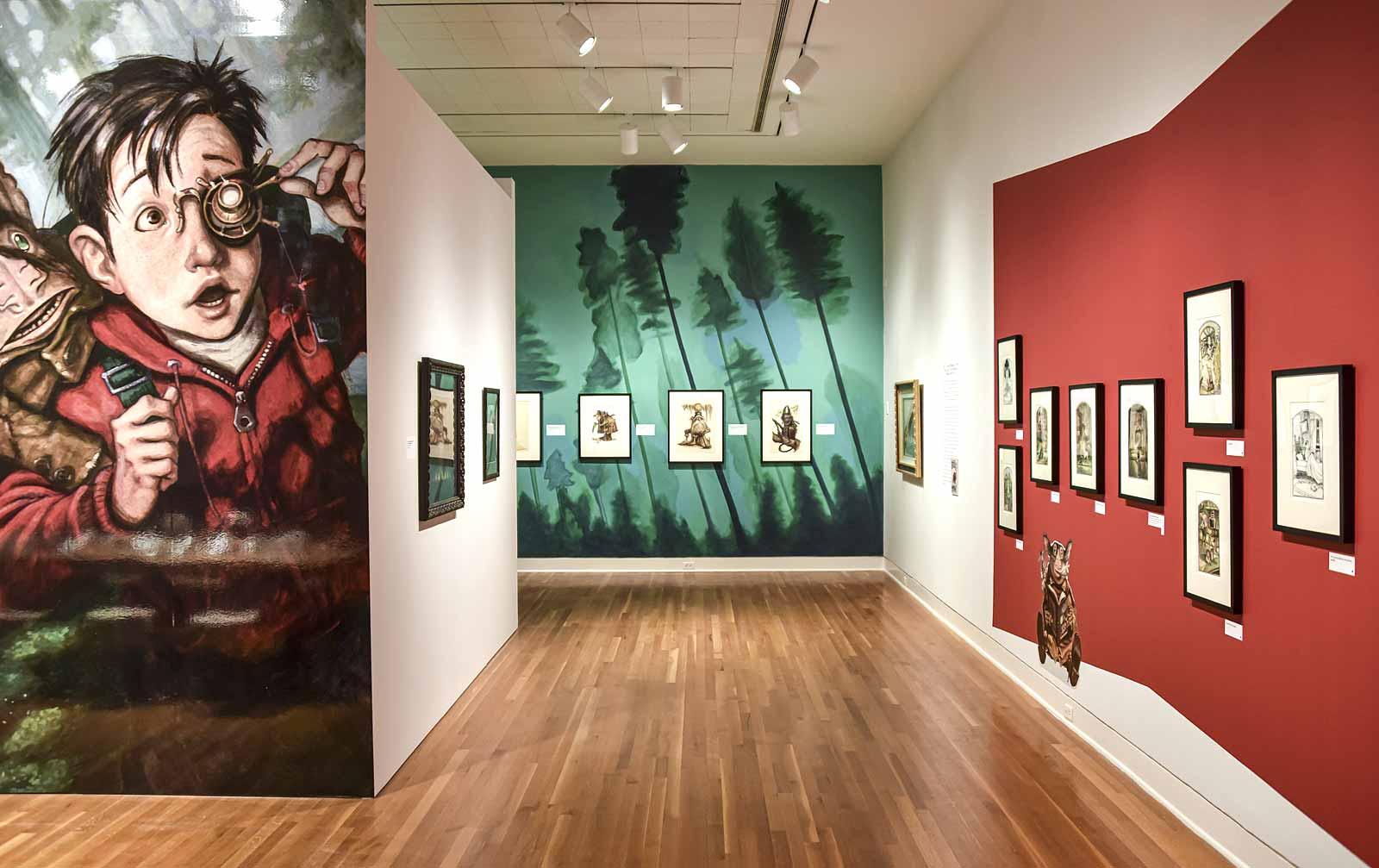
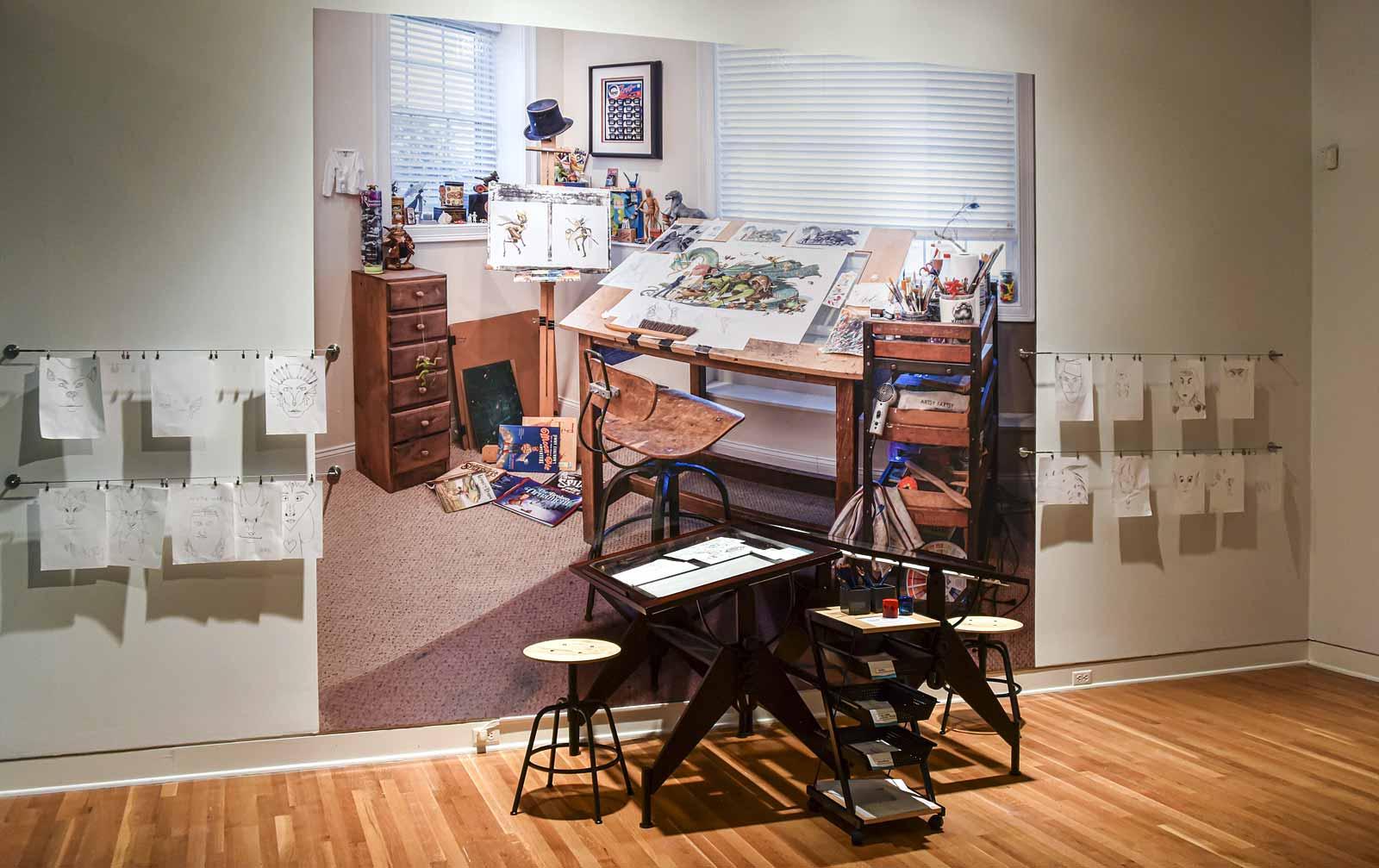
























![DEl Kathryn Barton [Australian b. 1972] the more than human love , 2025 Acrylic on French linen 78 3/4 x 137 3/4 inches 200 x 350 cm Framed dimensions: 79 7/8 x 139 inches 203 x 353 cm](/sites/default/files/styles/image_5_column/public/ab15211bartonthe-more-human-lovelg.jpg?itok=wW_Qrve3)